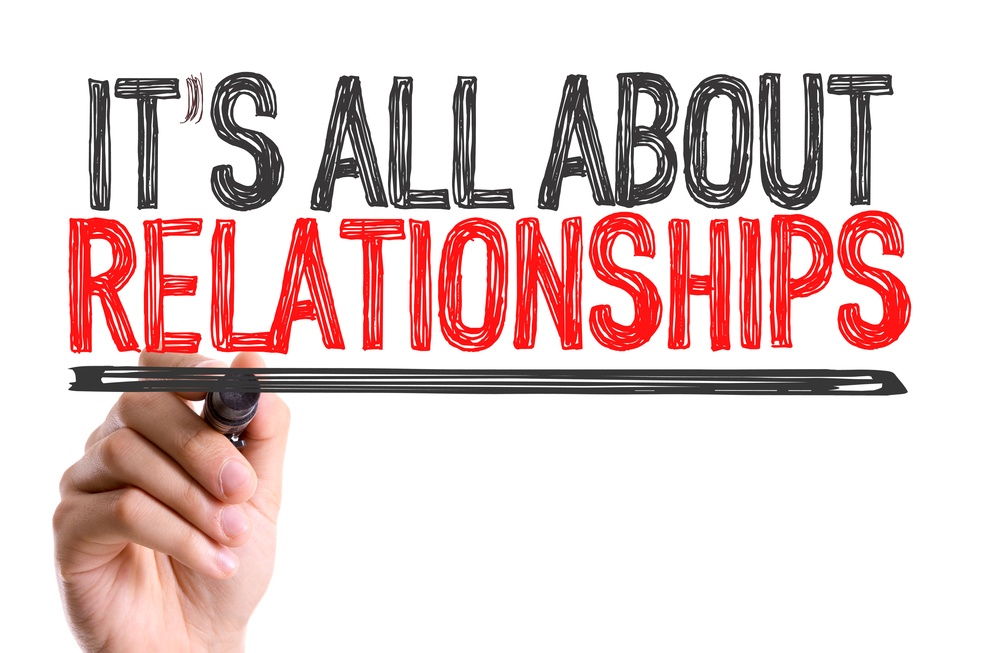The Secrets to Successful Supplier Relationship Management
More and more companies are aware that they must now integrate and collaborate with suppliers to remain competitive in changing industries and...
1 min read
.jpg) Bob Willert
:
Aug 14, 2017 12:00:00 PM
Bob Willert
:
Aug 14, 2017 12:00:00 PM

In addition to building solid and effective communication with suppliers, supplier relationship management can transcend the pleasantries at holiday parties into data interchange. By exchanging data and analytics, both supply chains are greatly enhanced through increased preparedness and reactiveness. It requires a stable relationship with your supplier and is frequently used in mature, long-term supplier relationships. Examples of mutually beneficial data interchange are forecasting, fulfillment and metrics.
Forecasting
From either the production or direct fulfillment perspective, sharing forecasted, or anticipated, demands with the supplier can ensure the supplier can accommodate the volume and timing of required materials and product. Likewise, if the supplier is meeting required materials, then your supply chain will be stable. However, solid forecasting is a requirement to ensure that both parties are not left with unsold inventory and you are not limited with shortages. Your supplier is going to be making financial decisions based on those forecasts.
Fulfillment Data
The other side of a forecast, fulfillment data is what is actually consumed and captures the data between what was forecasted and what was actually required. Fulfillment data is still a trailing metric since it only captures past activities, but if measured aggressively and frequently, it can assist identifying if forecasts are going to be lagging. Sharing this data in tandem with forecasting data can measure and communicate risk with your supplier.
Metrics
Metrics to measuring the success of the data interchange as well as the strategic supplier relationship is critical. Metrics provide a neutral way to interpret either the level of support provided to you by your supplier and, likewise, the usefulness and validity of the data being provided to your supplier. Metrics can be used across all avenues of a supplier relationship but the intent is to measure the most critical processes in a timely way as well as developing reactive metrics that anticipate issues before they occur.
The exchange of data between supplier and customer require a certain level of business vulnerability and trust. The supplier will know the internal workings of your business, but the advantage is that they can react to your requirements when and where the product or material is required. That flexibility and timely support can easily reduce costs in overhead or excess product but must be monitored closely through metrics.

More and more companies are aware that they must now integrate and collaborate with suppliers to remain competitive in changing industries and...

A strong supply chain systems stands on several planks that make up its service platform. Those planks have always existed in logistics, but they are...

Managing a warehouse and all that comes with this can be a tough task with many moving parts. While everyone might be on the same supply chain, if...